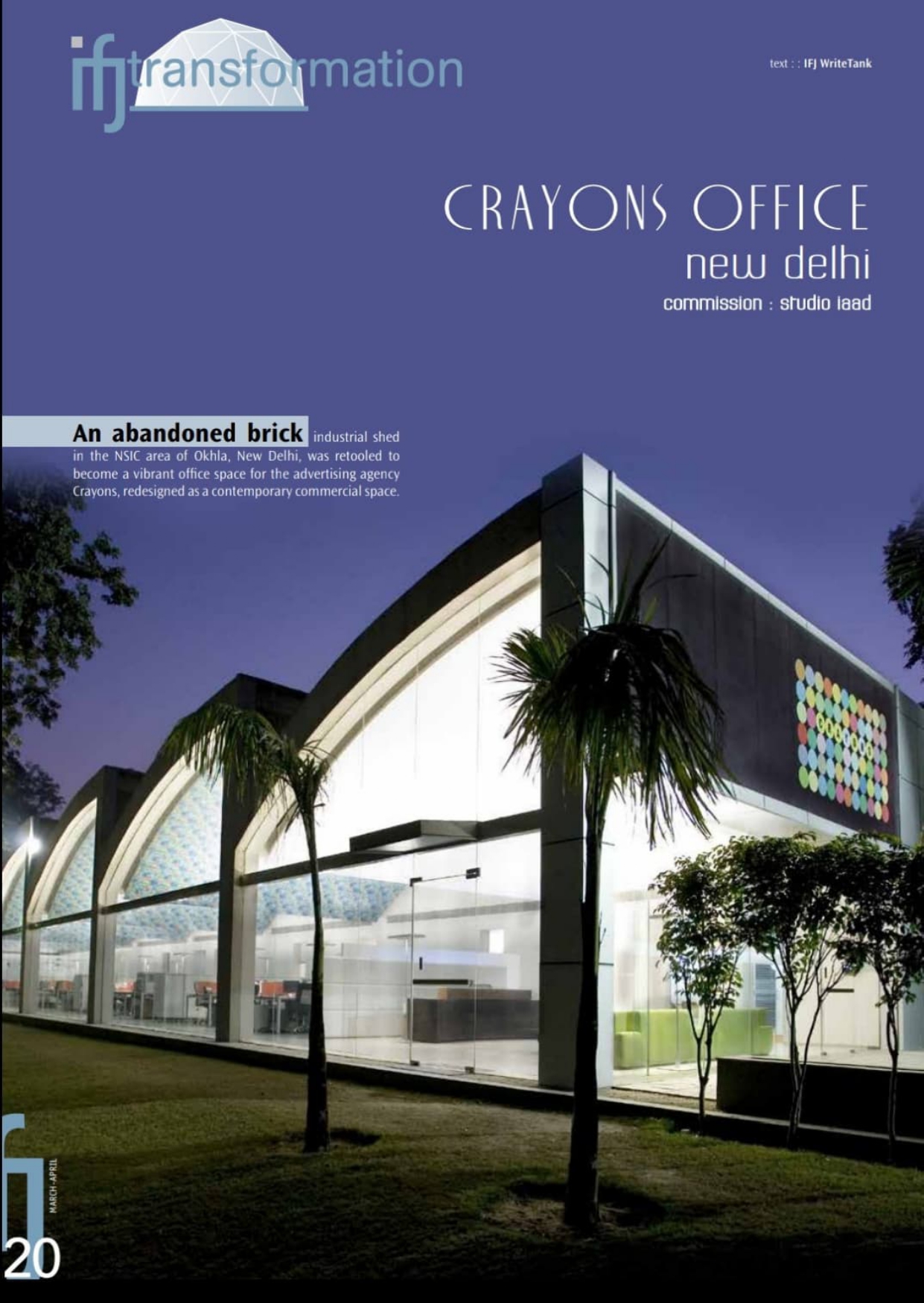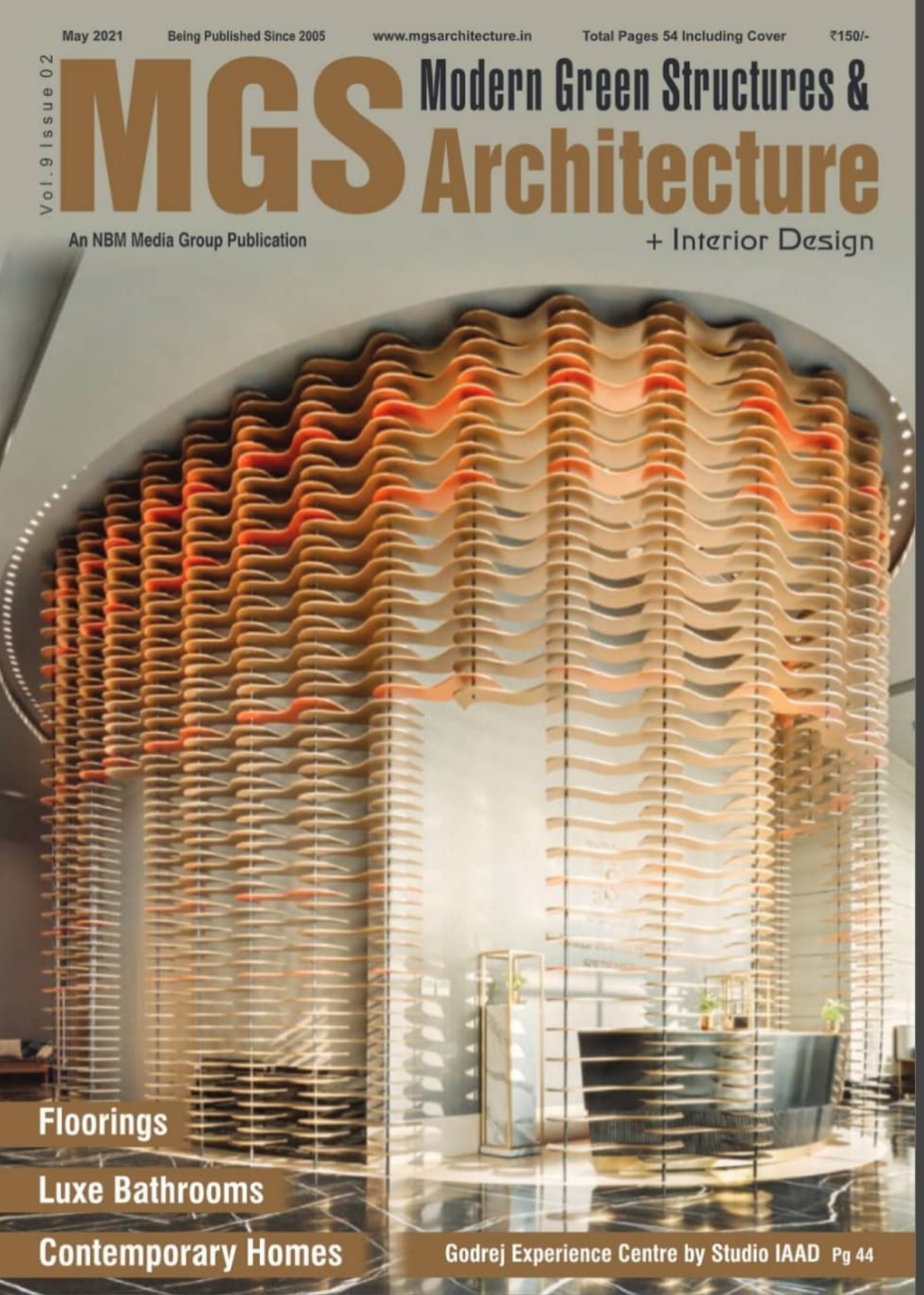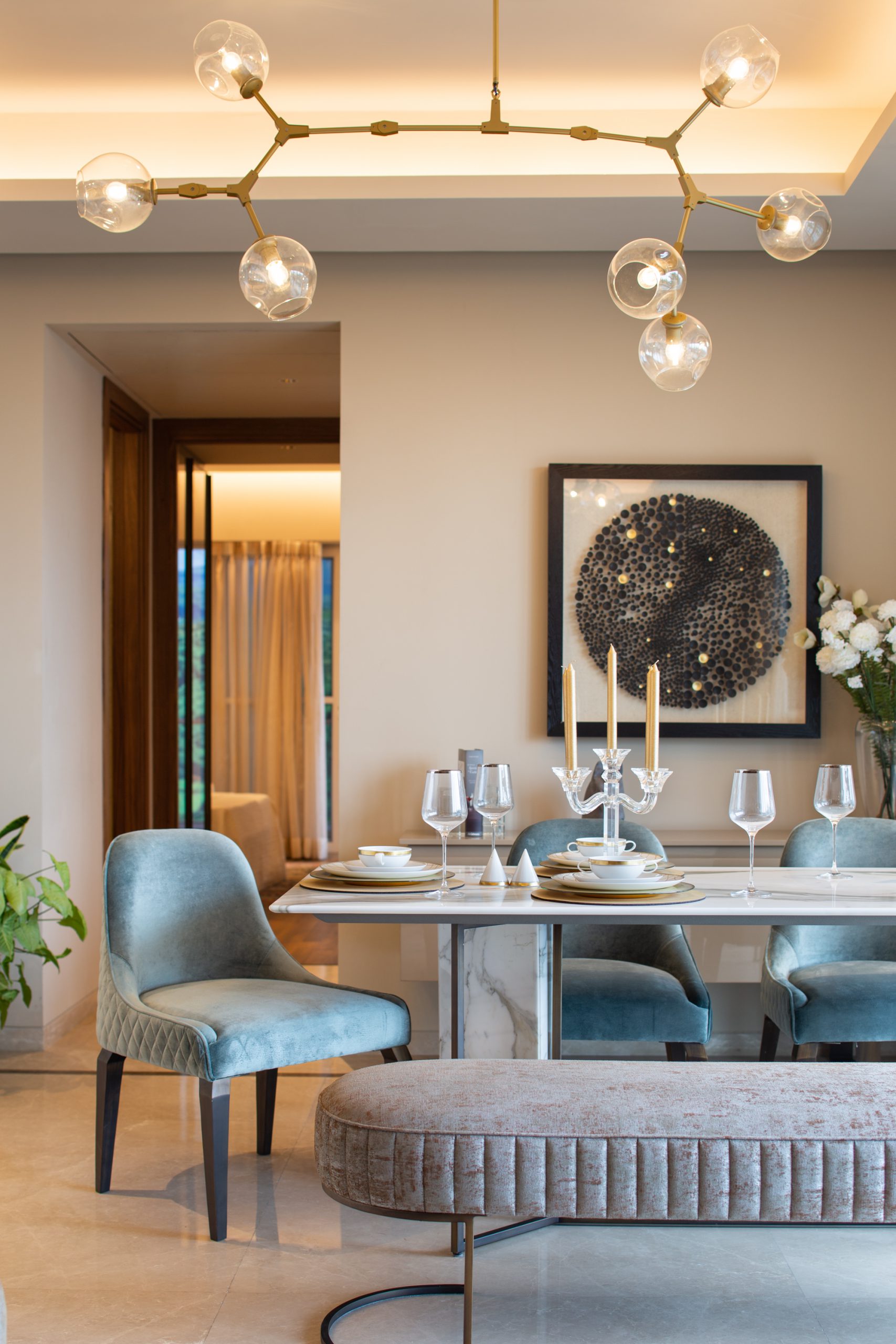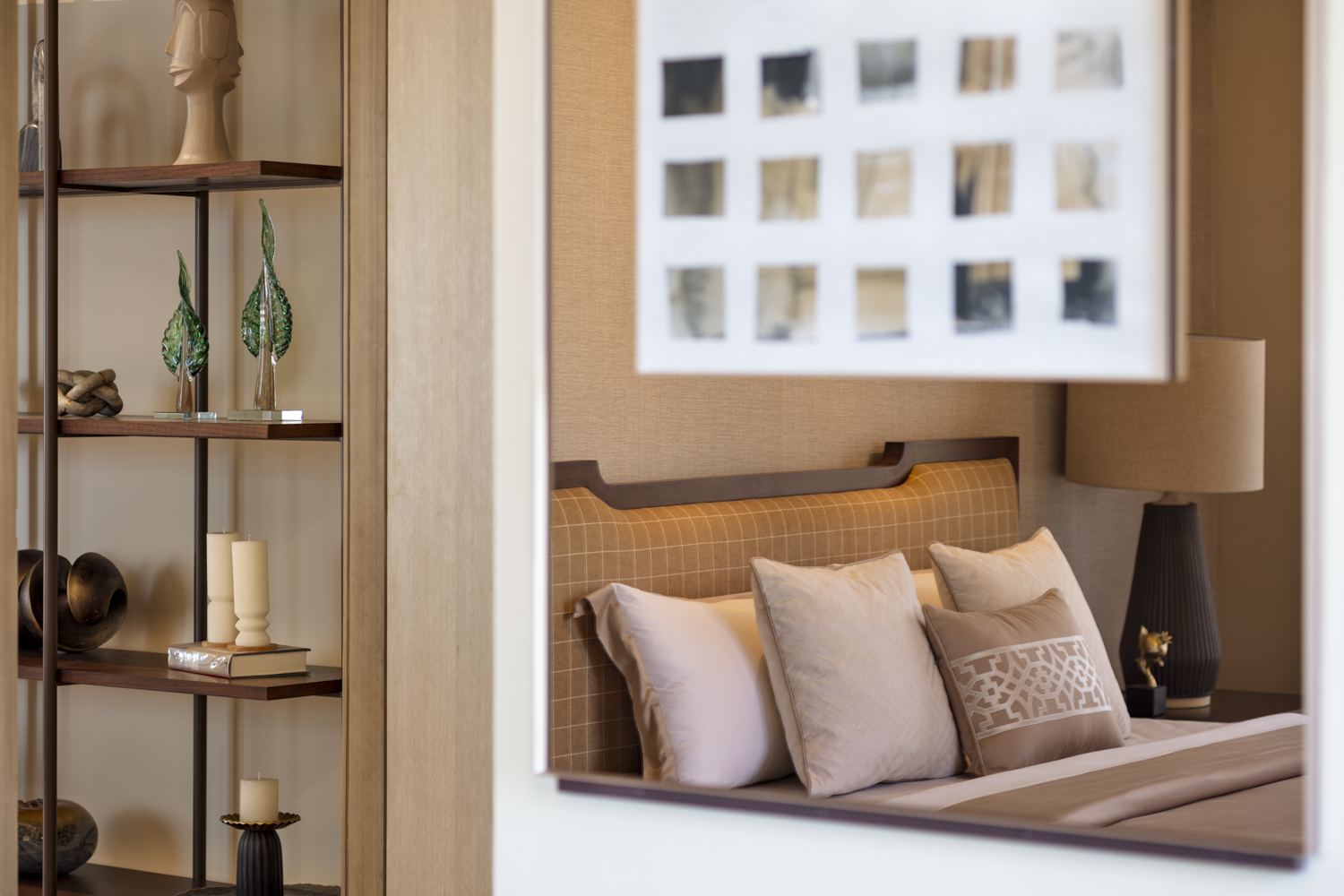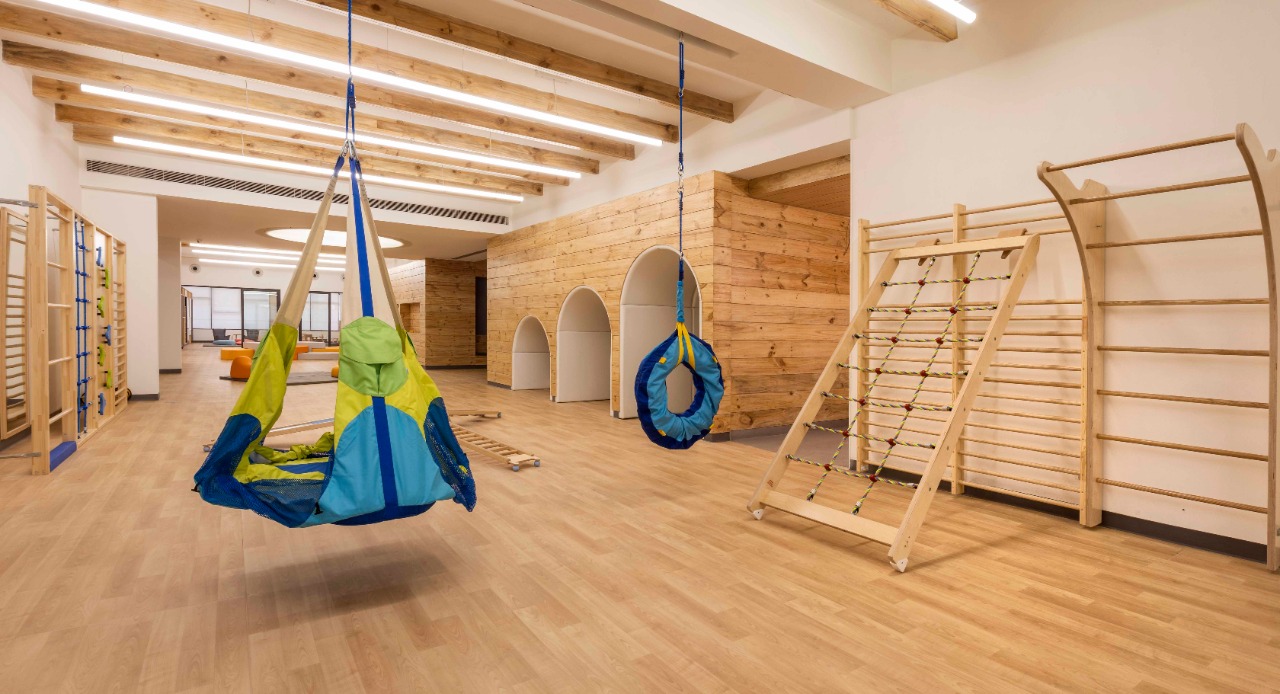
Breathing New Life into Old Spaces: The Power of Adaptive Reuse
Blog 24

In a world increasingly aware of environmental concerns, the adaptive reuse of existing structures has emerged as a powerful tool to minimise our environmental impact while simultaneously providing new purposes and life to old buildings. This practice is gaining traction as a sustainable, cost-effective, and culturally rich way of approaching architecture and interior design.
The Call for Adaptive Reuse
Many older structures carry cultural and historical significance. Adaptive reuse allows these buildings to continue telling their stories in a modern context. It’s a way to honour the past while creating relevant and functional spaces today. Approximately 66% of current buildings are projected to stand until 2050. This statistic underlines the importance of including adaptive reuse as a cornerstone in our path toward designing with resilience in mind. Adaptive reuse is not just a trend; it’s necessary in a world increasingly focused on environmental sustainability.
A Holistic Approach to Reuse
When we discuss adaptive reuse, it’s essential to consider that it goes beyond the walls and structures themselves. Reusing furniture and interior materials is another way to impact the environment positively. At Studio IAAD, our approach to adaptive reuse combines sensitivity toward the existing building fabric with modern upgrades, resulting in spaces that preserve the heritage of the structures while infusing them with renewed purpose.
Celebrating Modern-Day Workplaces with Antiquity
The essence of adaptive reuse lies in celebrating the past and the promise of the future. It’s about preserving the character and history of existing structures while reinventing them to meet contemporary needs. For instance, we designed an experience centre for Godrej Properties in the heritage Imperial Hotel in Connaught Place, Delhi. No civil changes were made during the adaptive reuse of the 2648 sq ft space. The interior execution included curating five lounge areas and a model room with ensuites, each portraying a unique characteristic.
Efficiency and Budgetary Demands
One significant advantage of adaptive reuse is its cost-effectiveness; rather than investing in new construction from the ground up, adaptive reuse leverages existing structures, which can significantly reduce costs. This makes economic sense and contributes to reducing material waste and the associated environmental impact.
Environmental Sustainability
Repurposing old structures is inherently environmentally friendly. It reduces the demand for new resources and minimises construction-related pollution. Adaptive reuse keeps the existing structure’s embodied energy intact, significantly reducing environmental impact compared to demolishing and rebuilding.
